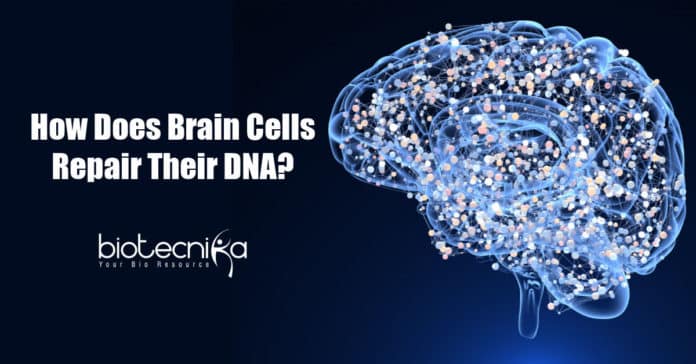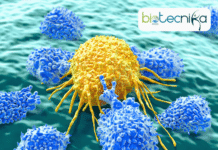How Brain Cells Repair Their DNA
Neurons continuously function to repair the damage in their genome, as they lack the capability to duplicate their DNA. Currently, a recent study carried out by Salk scientists discovers that these repairs are not arbitrary; instead, they focus on shielding specific genetic “hot spots” that show up to perform an essential duty in neural identity and function.
This study published in the journal Science offers unique insights into the genetic frameworks associated with aging and neurodegeneration and might point to the development of prospective new treatments for diseases like Alzheimer’s, Parkinson’s, and various other age-related dementia ailments.
Professor and Salk President Rusty Gage, the paper’s co-author, stated that this study reveals that there are regions of the genome that neurons prioritize when it involves repairing. They are delighted concerning the potential of these results to change the way how we see many age-related diseases of the nervous system and possibly examine DNA repair work as a restorative technique.
Unlike other cells, neurons normally do not replenish themselves with time, making them the longest-living cells in humans. For keeping their function for many years of a human life span, their durability makes it even more vital that they repair lesions in their DNA as they age. With aging, the nerve cells’ capacity to make these genetic repairs recedes. This can be the reason why people develop age-related neurodegenerative diseases as they grow older.
The research team developed a new method referred to as Repair-seq to study how nerve cells maintain genome health. Stem cells were used to produce neurons, which were fed with synthetic nucleosides, that could be detected by means of DNA sequencing and imaging, determining where the neurons utilized them to make repairs to DNA that was damaged by typical cellular methods. While the researchers assumed to see some prioritization, they were astonished by how focused the neurons got on safeguarding particular genome areas.
Dylan Reid, a former Salk postdoctoral scholar and presently a fellow at Vertex Pharmaceutics and co-first and co-corresponding author, stated that they observed unbelievably sharp, distinct regions repair; very concentrated sections that were considerably higher than background levels. The proteins that sit on these hot spots are associated with neurodegenerative disorders, and the sites are also associated with aging.
About 65,000 hot spots covering nearly 2% of the neuronal genome were identified by the team. They then utilized proteomics procedures to detect what proteins were present at these locations, involving several splicing-related proteins included in the final production of various other proteins. Most of these sites showed to be very stable when the cells were treated with agents that cause DNA damages. The most stable DNA repair work hot spots were identified to be highly linked with sites where chemical tags attach (” methylation”) that are useful at forecasting neuronal age.
Prior study has focused on recognizing the areas of DNA that experience genetic damages; however, this is the 1st time scientists have examined where the genome is being massively repaired.
Reid stated that they flipped the paradigm from viewing for damages to look for the repair, which is why they had the ability to find these hot spots. This is truly new biology that may at some point change how we comprehend neurons, and, even more, we comprehend that the more we can look to develop treatments addressing age-related diseases.
Gage stated that comprehending which locations within the genome are susceptible to damage is a really amazing subject for their lab. They assume that Repair-seq will certainly be a great tool for study, and they continue to study more new approaches to research genome integrity, especially related to aging and disease.
How Brain Cells Repair Their DNA
Also read:






